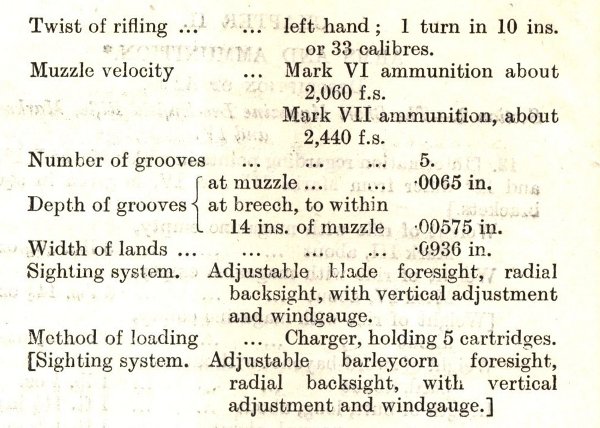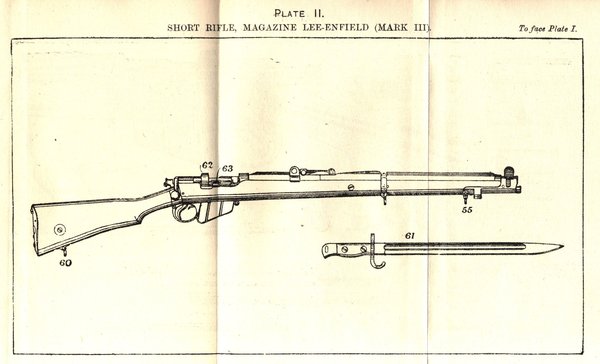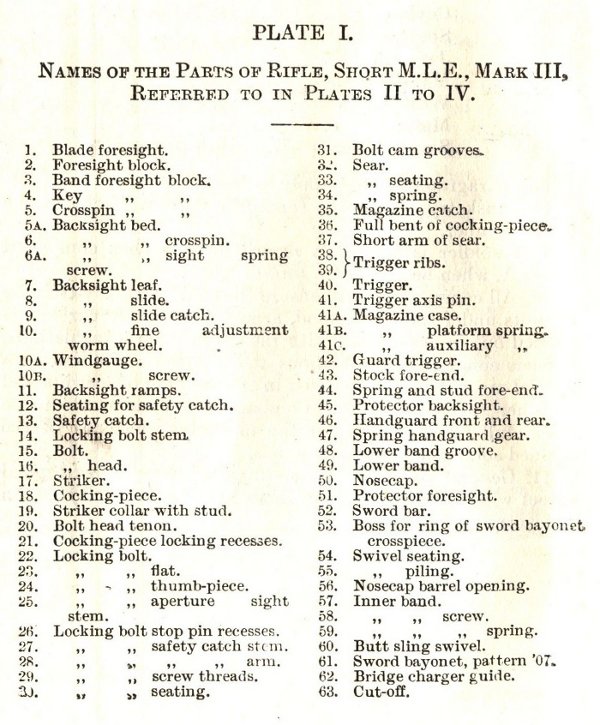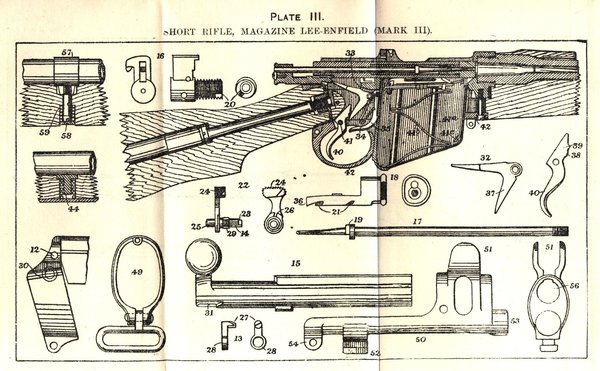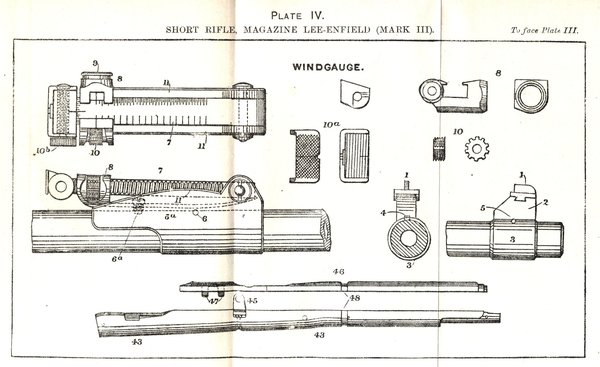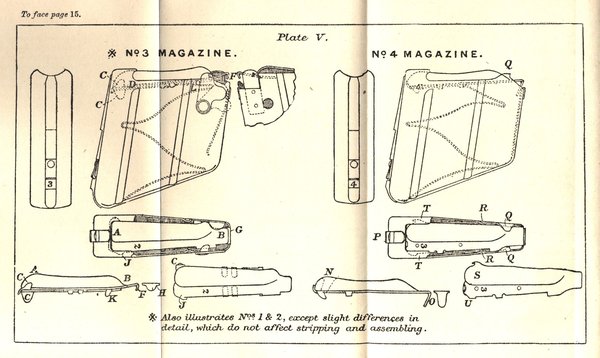Evolution of Individual Weapons
Topic: Militaria

Evolution of Individual Weapons
Military rifles were not always as excellent as they are today.
US Army FM 23-71; Rifle Marksmanship, July 1964
1. Military rifles were not always as excellent as they are today. In the early days, black powder and lead balls were used by every nation. Black powder was smoky, dirty, and inefficient compared with modern propellants. When one of these early rifles was fired, a cloud of white smoke disclosed the rifleman's position, and a thick residue, like carbon and soot, was deposited in the bore of the rifle. Black powder has a lower energy content per cubic centimeter compared with modern rifle pow ders which have high velocities.
2. When the lead ball was fired from the rifle it began to lose speed very quickly. A sphere is poorly shaped for fast travel. Lead balls from some of our early military rifles fired at a muzzle speed (velocity) as high as 2,000 feet per second. But at a distance of 100 meters they would slow to about 1,500 feet per second; whereas a bullet from our M1 or M14 rifle today, at an initial velocity of 2,800 feet per second, loses only about 300 feet per second the first 100 meters.
3. The lead balls of these early military rifles were often "patched," that is, greased linen, flannel, or thin soft leather was wrapped (and sometimes tied) over the ball. When this greased patch was used it served as a lubricant to ease loading, reduce escaping gas, and keep the ball from losing lead onto the bore as it traveled through it. But sometimes the lead ball was used bare, in which case the bore frequently picked up a lead coating which grew progressively thicker, decreasing the ac curacy with each shot fired until the lead deposit was removed.
4. The same problem arose from the rough residue left by the burning of black powder. Unless the bores of those early rifles were washed after each shot, the residue became progressively thicker, making the diameter of the bore smaller. Since most early rifles were muzzle-loaders, it became increasingly difficult to load, and accuracy diminished, due to constantly reduced bore diameter. The effort re quired just to ram a lead ball, patched or not, down 32 or more inches of barrel became first exhausting and then all but impossible.
5. The inefficiency of black powder and early projectiles led early rifle makers to build their weapons with longer barrels and in larger caliber bores than our rifles of today. This combination gave as high velocity as could be obtained without making rifles completely awkward to handle and gave the desired killing effect needed for fighting infantry and cavalry. When you cannot propel a missile at high velocity, you must increase the weight in order to get adequate effect. Any increase in weight with a ball projectile results from an increase in diameter.
6. In time the round projectile gave way to the elongated one. It had been discovered as early as the late 1700's that elongated missiles were more efficient in flight and traveled to tremendously greater maximum ranges. Massed squad and platoon fire with elongated bullet rifles could be effective at 1,000 meters or more. Several years prior to the war of 1861— 65, the elongated bullet rifle was adopted al most worldwide because it permitted faster loading. Successful methods of making metal cartridge cases had not yet been found, so most of the first bullet rifles were muzzle-loaders too. The early Sharps rifle was one of the exceptions. It was a breech-loader taking a linen cartridge. Because there was no metal cartridge case, such as is used in modern rifles, a portion of the gas generated by the powder flashed out at the juncture of breech-block and receiver of this rifle.
7. By 1870 nearly all armies had adopted breech-loading infantry rifles (usually single shot) which usually fired fixed, metallic, black powder, lead bullet cartridges in calibers ranging from .40 to .45. These improved firearms could be fired by a trained soldier 15 or more times a minute. Lever action repeating rifles had been developed to a level of real usability by 1861, but had to be held to lesser powder levels (for design reasons) than was desirable for infantry use. The Spencer and Henry lever- action rifles were used in the war of 1861-65 by many cavalry units. The Spencer carried seven cartridges and the Henry carried 16. Both weapons had a reach of about 225 meters, and the rate of fire was five shots to one, com pared with the standard muzzle-loader.
8. The year 1886 was an historic one in infantry rifle design. France adopted a manually operated bolt-action rifle of caliber .32 (8-mm) jacketed bullet design (to prevent melting and failure to spin in the rifling grooves) for use with nitrocellulose (smokeless) powder. The ancient bondage to black powder had been dis solved. Soldiers using these newer rifles found that very little smoke was given off in firing to disclose their positions. By 1888 Britain and Germany used similar new designs. And in 1892 the United States followed suit. By 1898 no modern army was without a smaller caliber repeating rifle of the new type. The new arms were of 5- to 10-shot capacity, ranging in caliber from .32 to .26 as compared to the older .40 to .45 caliber sizes. Nitrocellulose propellants and advances in metallurgy had permitted a reduction in bullet diameter, a retention of adequate shocking; power, an increase in average accuracy and penetration, and a flattening of trajectory (extension of the limit of grazing fire) by as much as 50 percent or more. Logistically, the weight of individual rifle cartridges had dropped by as much as 40 per cent.
9. The Springfield 1903 rifle reflected the era of high development in rifles operated manually, which ended in 1936 with the introduction into U.S. service of the Garand design, designated M1. This first of the successful gas-operated rifles of full infantry power outgunned enemy rifles in Europe and the Pacific in the ratio of 3 to 1. It was rugged, sure functioning, powerful, and accurate. The tiring bolt manipulation, so painfully learned by former generations of American soldiers, was no longer necessary.
10. The M1 rifle ushered in an era that saw foreign nations scrambling for semiautomatic designs in individual infantry weapons. Britain and France discarded their old, time proven bolt actions and took up the Belgian FN design. Soviet Russia developed as her now standard infantry weapon, a rifle-powered submachine- gun of 30 shot capacity (the AK). And the U.S., exploiting the potential of John G. Garand's M1, has modernized it as the M14 for increased cartridge capacity (20 shots instead of 8) and quick and simple adaptation to the automatic rifle role.
11. On 1 May 1957, the Secretary of the Army announced the adoption of the new rifle. The M14 is equipped with a light barrel and is designed primarily to replace the M1 rifle in a semiautomatic fire role. It can be converted to automatic fire by merely replacing the selector lock with a selector lever. The M14 weighs approximately 11 pounds when combat loaded, A bipod will add an additional pound when the M14 is used in the automatic rifle role.
12. The M14 is basically the same in design as the M1 rifle. Design changes, in nearly all instances, were made to accommodate the shorter 7.62-mm cartridge and to allow for the use of a magazine instead of a clip for holding ammunition. Consequently, the receiver, bolt, and firing pin are shorter, and the floor plate of the trigger housing is cut away to allow for the magazine. The most significant advantage of the M14 design is that it offers an increase of 12 rounds in magazine capacity over the M1 rifle with NO INCREASE IN WEIGHT. The most significant advantage of the M14 with bipod (in the automatic rifle role) is that it offers the same magazine capacity as the BAR with a DECREASE IN WEIGHT. The weight saving of the M14 with bipod is about 10 pounds.
13. The new 7.62-mm cartridge is approximately 1/2-inch shorter than the caliber .30 M2 cartridge and 12 percent lighter. New developments in powder permit the use of less powder in a shorter case without sacrificing velocity or increase in permissible pressure.

Relationship of Individual Weapon Design to Combat Use of the Weapon.
14. To fully understand rifle marksmanship and rifle marksmanship training, it is necessary to know something of rifles, their characteristics and combat usefulness. The rifle is the primary individual weapon for all armies because it is the most versatile and effective weapon which can be carried and used by a soldier in combat. The rifle can fire ordinary bullets to kill enemy soldiers; it can fire armor-piercing bullets to wreck truck engines; it can fire tracer bullets to point out targets; and it can fire incendiary bullets to start fires in in flammable materials. Add to this the fact that the rifle can also shoot signal flares and powerful grenades and you can see that the rifle is one of the most important weapons in the army.
15. But why the rifle? Isn't a hand weapon such as a pistol, revolver, or a hand grenade more convenient in combat? A hand weapon is far more convenient but it cannot do the wide and far-reaching job of a shoulder weapon. The rifle is a weapon that can kill or destroy at a considerable distance so that the enemy can be prevented from getting too close. If individual weapons can reach out a considerable distance it is easier to keep the enemy where larger, more powerful supporting weapons can smash him. The rifleman's weapon must be so constructed that it can be held with steadiness while he directs accurate fire, powerful enough to kill enemy soldiers, as far away as marksmanship skill and the precision of the weapon will allow.
16. Here is where the sciences enter the picture. Man's scientific level today is such that it still takes the relatively long, steel barrel and wooden or plastic stock of a rifle to obtain the desired performance. It takes a certain quantity of today's rifle powder to move a certain size rifle bullet at a certain speed so that it will have a certain desired effect on the targets appropriate to it.
17. Closely related to the sciences of metallurgy, chemistry, and ballistics, which give us our firearms, is the related field of human mechanics. Human mechanics evaluates man's anatomy to deduce the best systems of weapon configuration. Such items as length of rifle stock, distance between handgrip (pistol grip on a rifle) surface to pressure surface of the trigger, shape of operating handles, and a thousand other minute and often undreamed of details go into the design of a rifle.
18. Many scientific and mechanical factors influence marksmanship in some way. Metal lurgy has a large share in determining the weight and bulk of a rifle, as well as its mech anism. Chemistry dictates heavily the ballistic qualities of the rifle. Ballistics in turn fuses together the knowledge of metallurgy and chemistry and adds physics in the design of a cartridge and projectile that will satisfy com bat requirements.
19. The complex package called a "rifle" is what soldiers live by on the battlefield. If the design is well done, the rifle will fit the average man very well and will deliver accurate and deadly fire on targets. Seven essential qualities of a modern combat rifle are:
a. It must be accurate.
b. Its trajectory must be flat.
c. Its recoil must be moderate.
d. It must be powerful.
e. It must be easy to master.
f. Its mechanism must be unfailing.
g. It and its ammunition (in quantity) must be light enough to carry under combat conditions.
20. We are now in an era of "Emphasis on Accuracy." The vast numbers of our potential enemies clearly point up the fact that accurate rifle fire is the key to success. A soldier who merely "sprays" shots in the vicinity of the enemy produces little effect. Against an un seasoned enemy such fire may be temporarily effective, but the result is not lasting. The mission of the rifleman is to kill the enemy. Against seasoned troops, spraying shots have little effect. Someone once gave what is perhaps the best definition of firepower when he said that, "firepower is bullets hitting people!" The M1 rifle and the M14 rifle are accurate weapons.
21. Trajectory-wise, the M1 and M14 rifles are "flat-shooting." That is, their bullets travel very fast, so they can't fall very much below the line of sight over their usable range. And because the bullets don't "drop" much below the extended line of the bore over combat ranges, it is relatively easy to make hits with them. Moderate recoil means that the muzzle climb in firing is moderate, which makes for fast recovery between shots. This is very important in rapid fire in combat against numbers of enemy.
22. The U.S. military rifle must be powerful. That means it must be able to kill an enemy soldier as far away as the rifleman can surely hit him. It must penetrate enemy helmets and body armor easily up to the same range. It should have enough punch to tear through the side of enemy trucks to kill personnel riding within, or to destroy the truck engine. The bullets of the caliber .30 or 7.62-mm rifles are relatively small and light—fine for high speed; yet they are heavy enough and large enough in diameter to deliver a killing blow when they get where they are going.
23. The M1 and M14 rifles are extremely simple in design, allowing for quick mastery even by those with no previous knowledge of firearms design. As for functioning, the exhaustive tests of Ordnance personnel, who put these designs through their developmental paces and field testing by using units, have confirmed the reliability of the weapons mechanisms.
24. Lightness of rifle and ammunition is a highly controversial issue. By some standards the M1 and M14 (and indeed all military arms) are heavy, but it must be remembered that the ruggedness of a military weapon is something which precludes matching the six-pound weight of a commercial hunting rifle. And the much-argued-for superiority of lightweight alloys, plastics, and glass compounds must be balanced against the yet-to-be confirmed field observations of their wearing qualities and stress resistances.
25. The 7.62-mm NATO cartridge, standard for our M14 rifles and M60 machine guns, is actually lighter than the older caliber .30 cartridge by approximately 12 percent. This means that our fighting men carry more ammunition than before with no increase in total weight of field load.
26. All in all, U.S. service rifles are admirable weapons; very accurate, very deadly. They are the backbone of our land power.

Posted by regimentalrogue
at 12:01 AM EDT







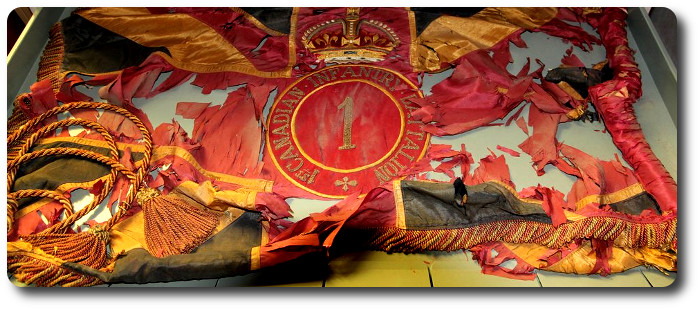

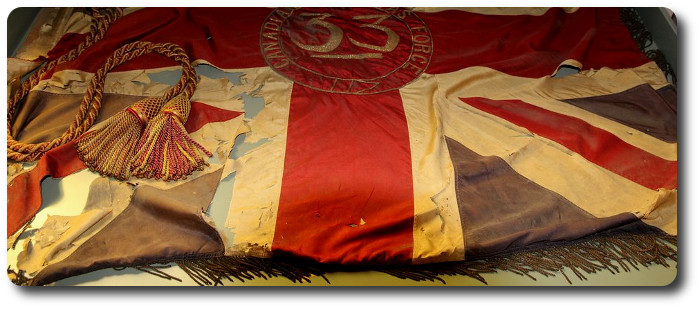
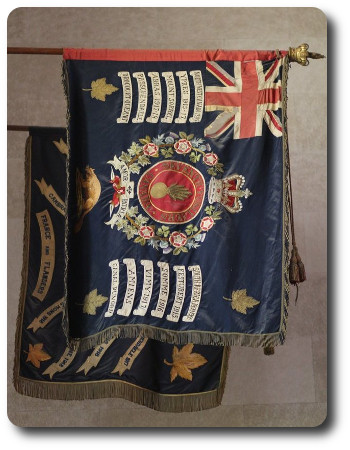 Custodians shall ensure that laid-up and deposited Colours are kept on display to the general public. They may not be stored or displayed in unaccessible areas, e.g. stored in sliding drawers in museum curatorial spaces with restricted access for scholarly research purposes only.
Custodians shall ensure that laid-up and deposited Colours are kept on display to the general public. They may not be stored or displayed in unaccessible areas, e.g. stored in sliding drawers in museum curatorial spaces with restricted access for scholarly research purposes only.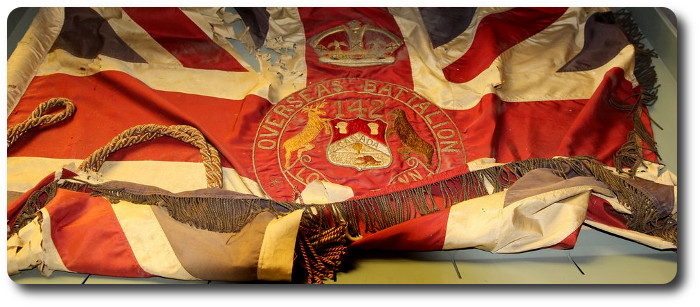

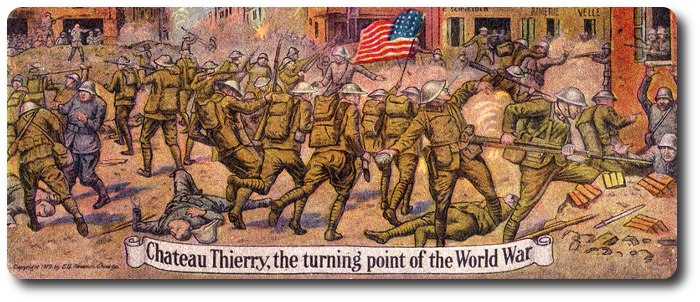
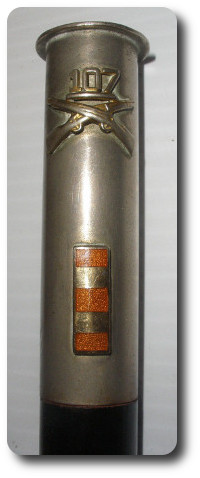 Swagger Sticks
Swagger Sticks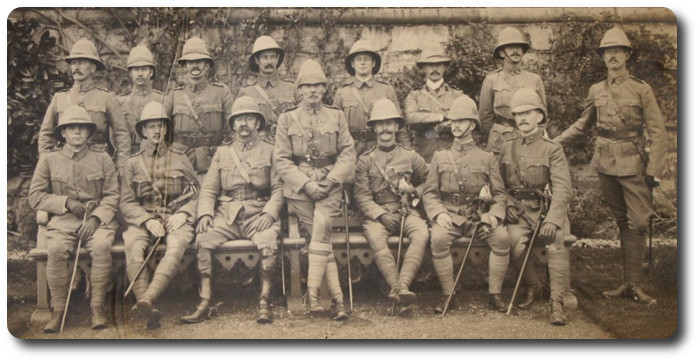
 Speaking of khaki,
Speaking of khaki, 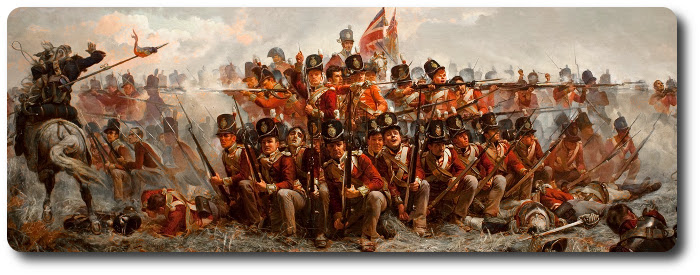
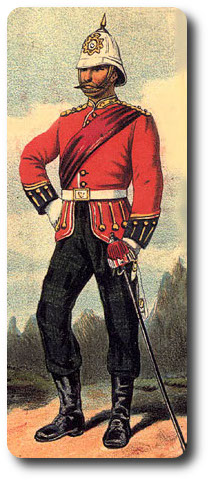 Several reasons are urged by scientific and military experts in favour of our infantry soldiers wearing scarlet coats. In the first place, scarlet affords the best attainable protection against the extremes of heat and cold to which soldiers are liable to be exposed. The darker the color protecting a warm body, the more rapidly radiation proceeds. With reference to protection from the sun, scarlet takes a far higher place than any of the blues, greens, or drabs and other shades often used for military clothing. Although scarlet or red is more conspicuous than grey when the sun shines directly on the troops it blurs on the sight and is consequently more difficult to hit. It is a distinct advantage that our men should bulk large in the decisive stages of an encounter, and there is no color which enables them to do this so effectively as scarlet. On the whole therefore every scientific consideration justifies the retention of scarlet as the best uniform for our troops.
Several reasons are urged by scientific and military experts in favour of our infantry soldiers wearing scarlet coats. In the first place, scarlet affords the best attainable protection against the extremes of heat and cold to which soldiers are liable to be exposed. The darker the color protecting a warm body, the more rapidly radiation proceeds. With reference to protection from the sun, scarlet takes a far higher place than any of the blues, greens, or drabs and other shades often used for military clothing. Although scarlet or red is more conspicuous than grey when the sun shines directly on the troops it blurs on the sight and is consequently more difficult to hit. It is a distinct advantage that our men should bulk large in the decisive stages of an encounter, and there is no color which enables them to do this so effectively as scarlet. On the whole therefore every scientific consideration justifies the retention of scarlet as the best uniform for our troops.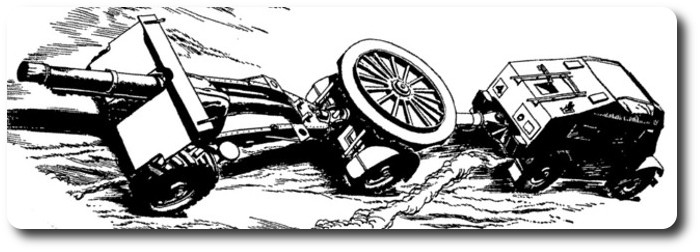
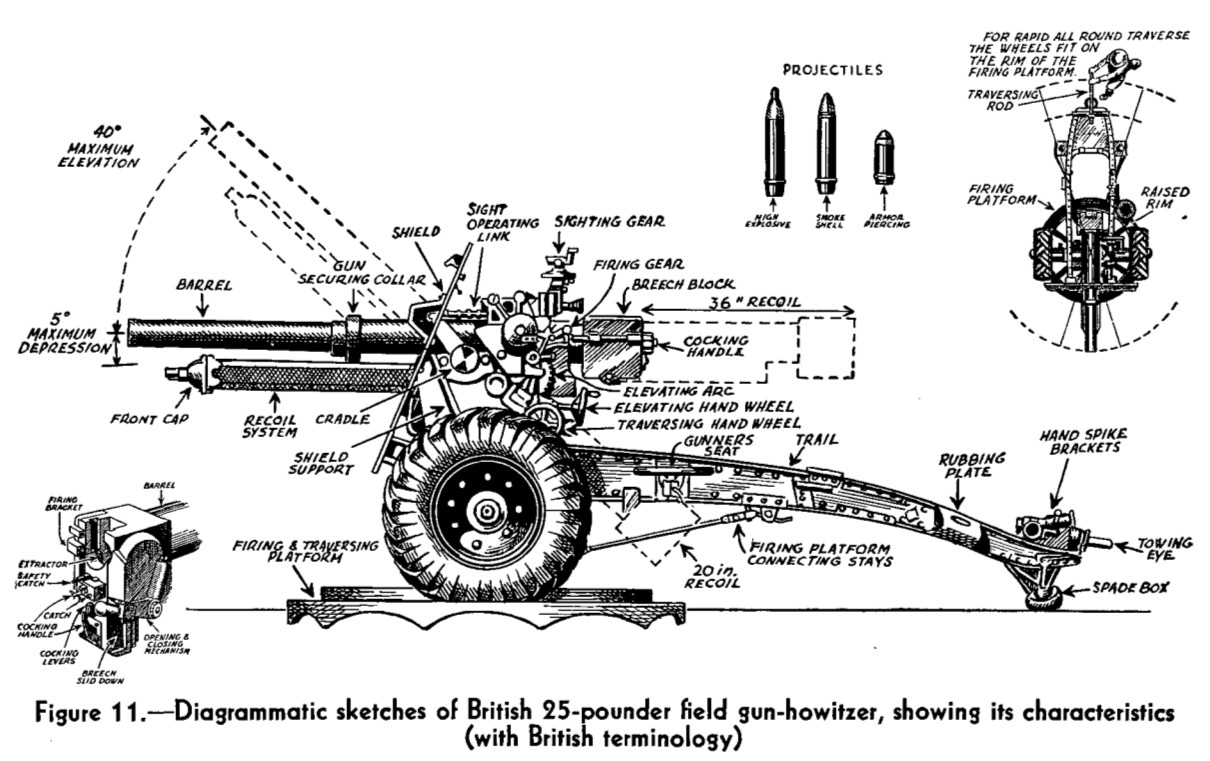
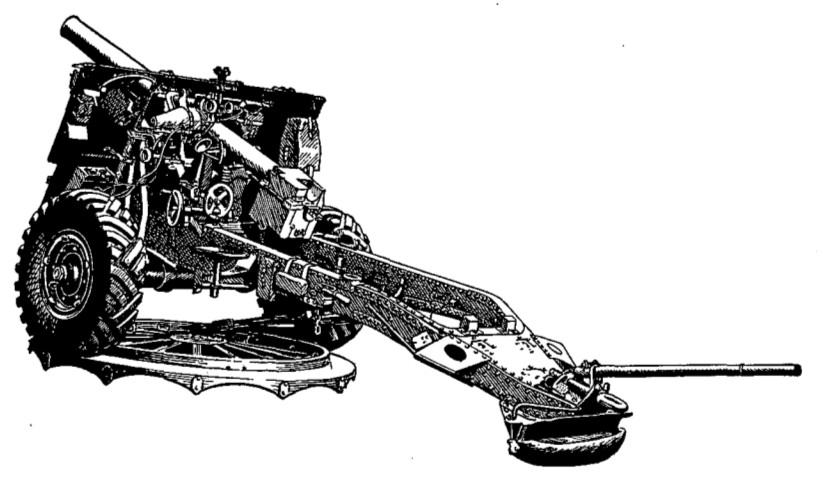
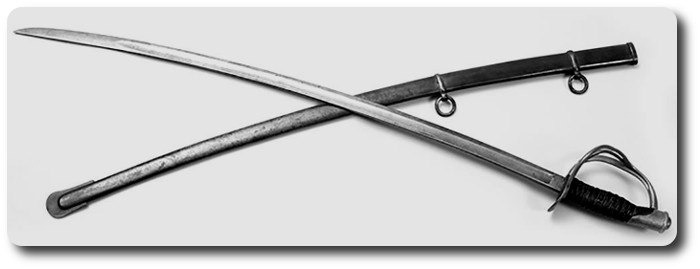
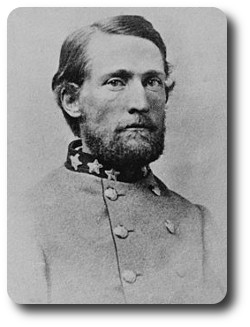 "The
"The 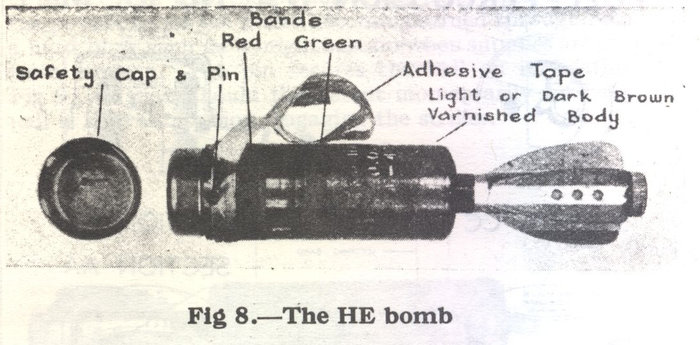
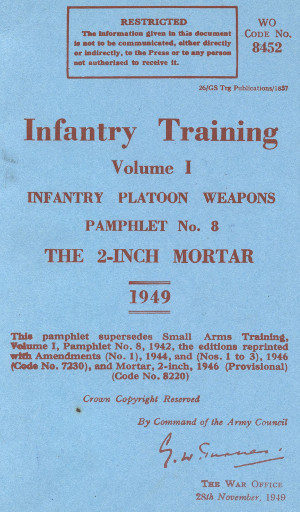 2-inch Mortar Ammunition (1949)
2-inch Mortar Ammunition (1949)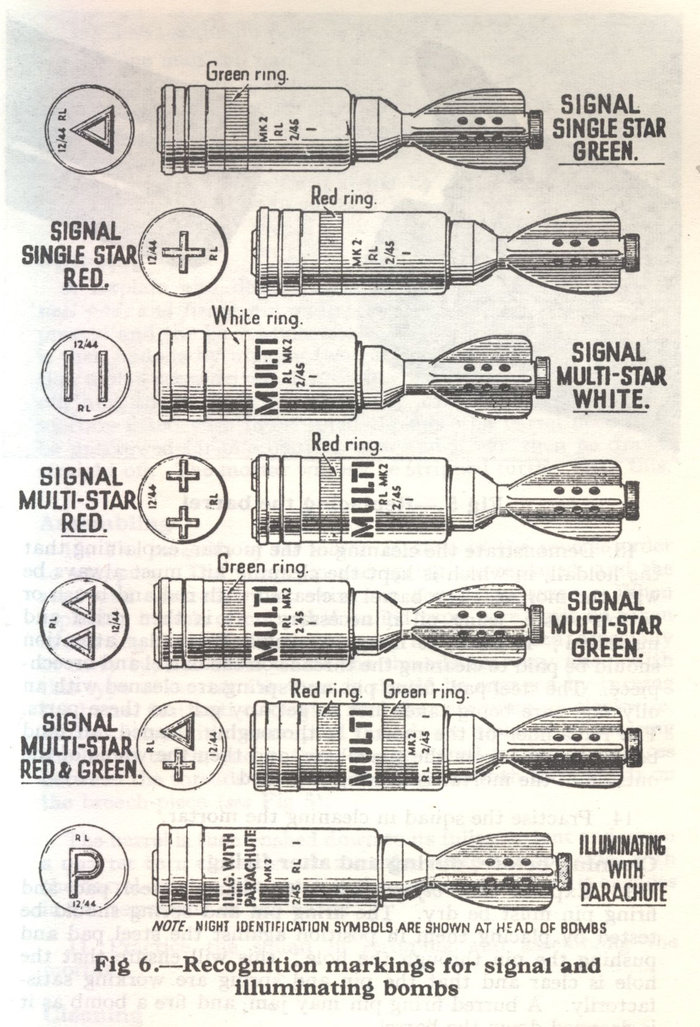
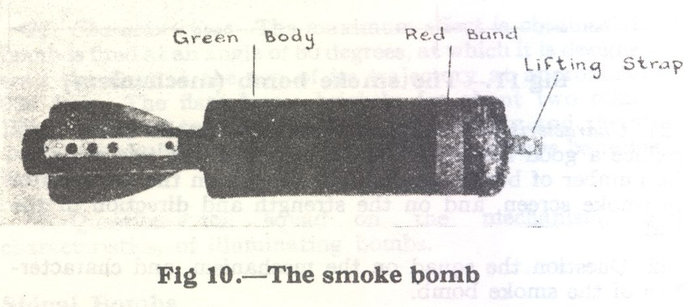
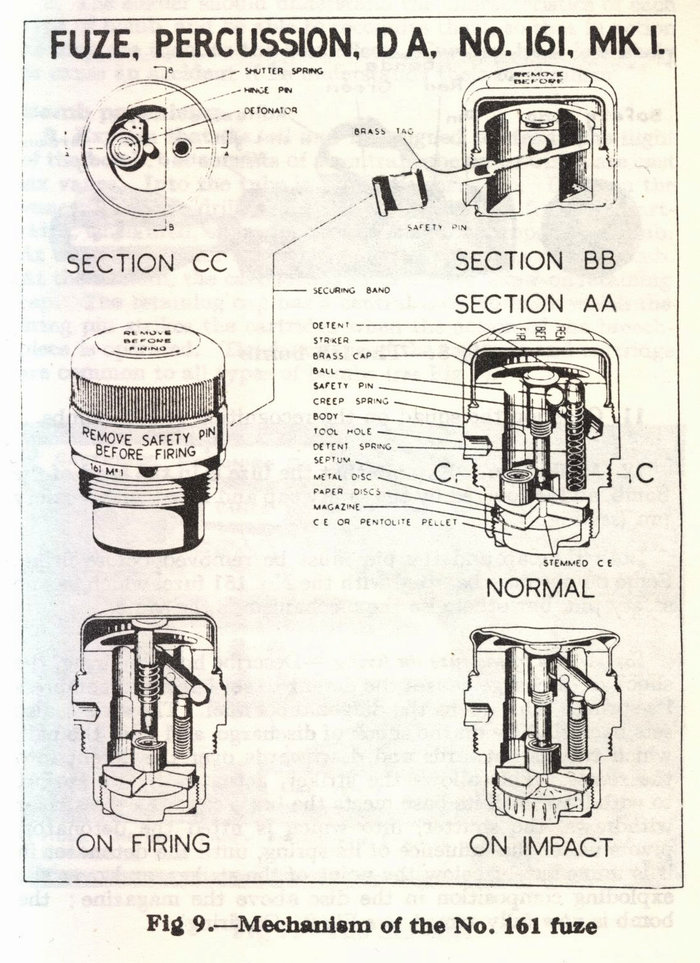
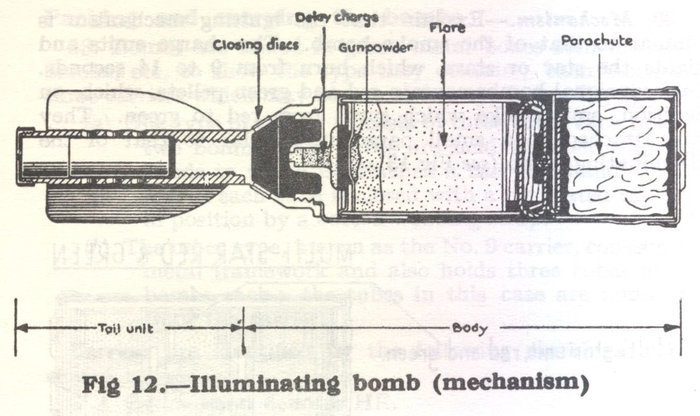
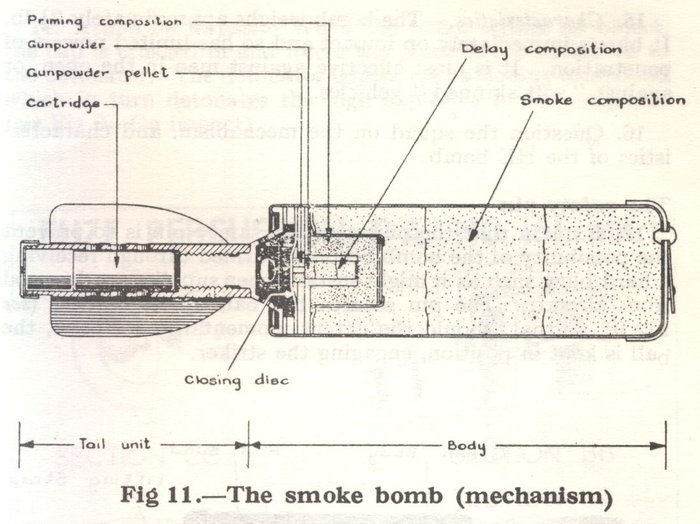
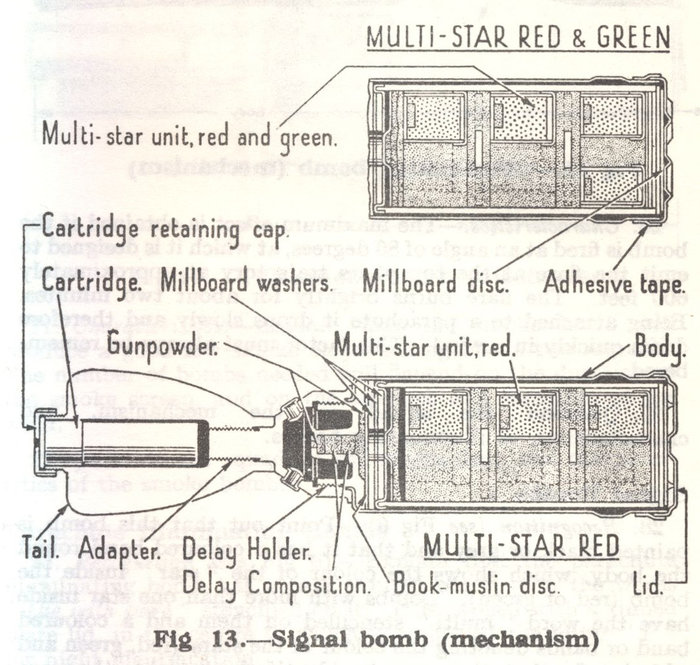

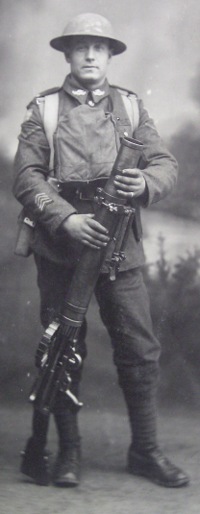 The machine guns which the Ontario Government will supply to the Canadian forces at the front at a cost of $200,000 might rather be termed rifles. The official name of the weapon is "
The machine guns which the Ontario Government will supply to the Canadian forces at the front at a cost of $200,000 might rather be termed rifles. The official name of the weapon is "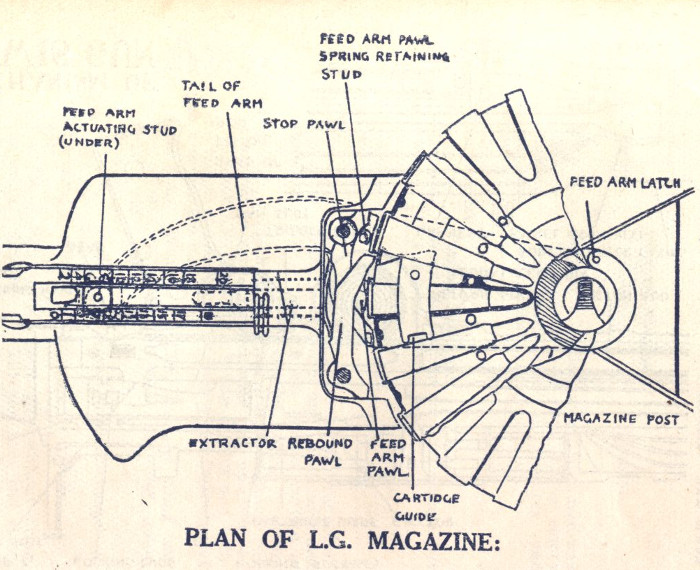
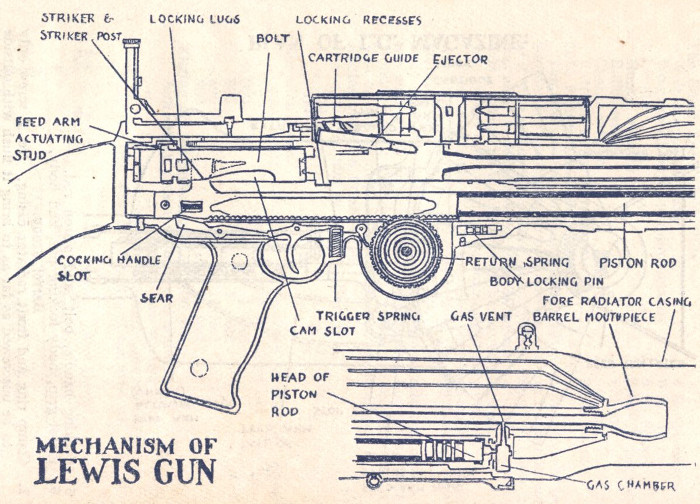


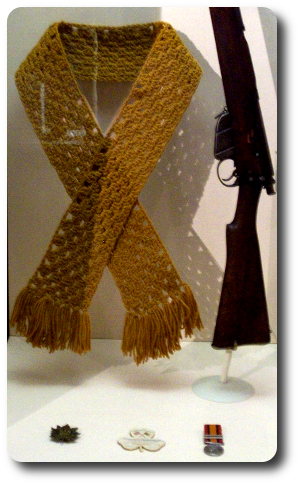
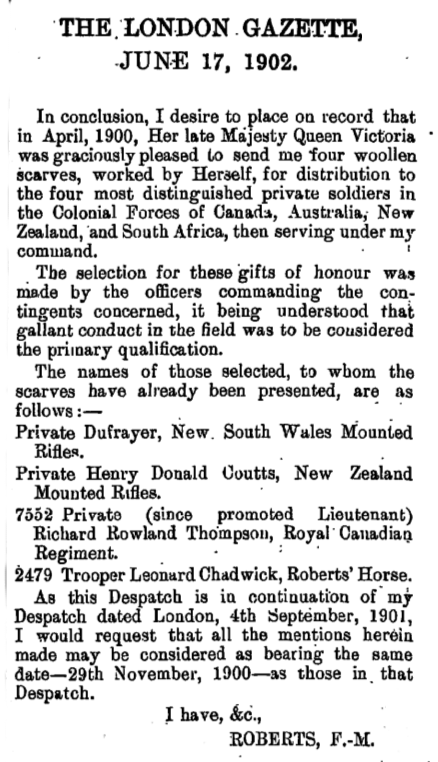

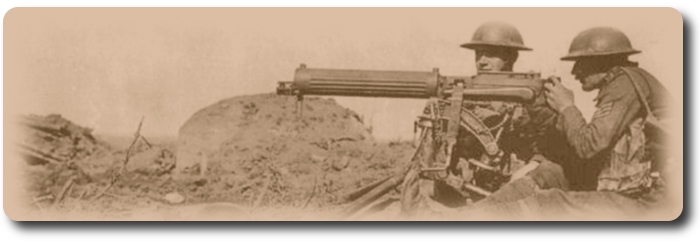

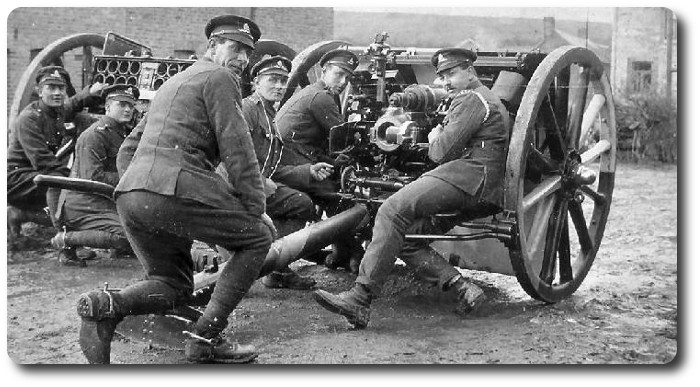
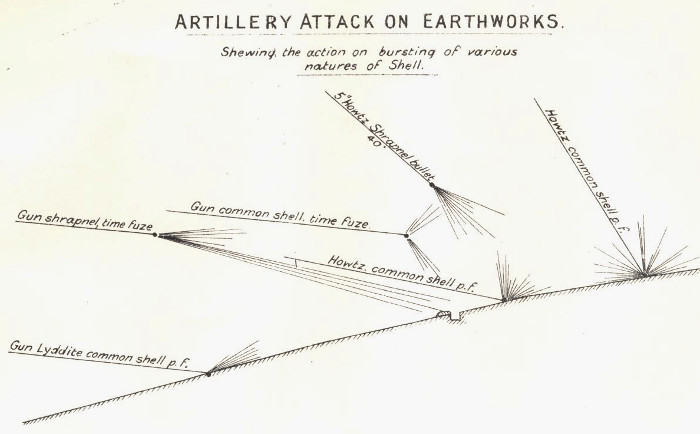
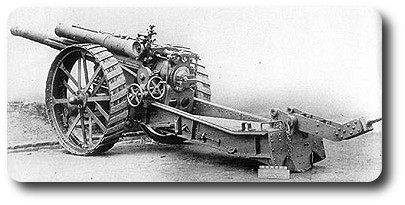 The 60-pr. B.L. and 4.7-in. Q.F. are examples of heavy artillery guns. Their range is longer than that of field artillery, and their shrapnel bullets are heavier; their searching power is, however, little greater, and their shells are equally liable to be deflected by a very slight bank of earth,
The 60-pr. B.L. and 4.7-in. Q.F. are examples of heavy artillery guns. Their range is longer than that of field artillery, and their shrapnel bullets are heavier; their searching power is, however, little greater, and their shells are equally liable to be deflected by a very slight bank of earth,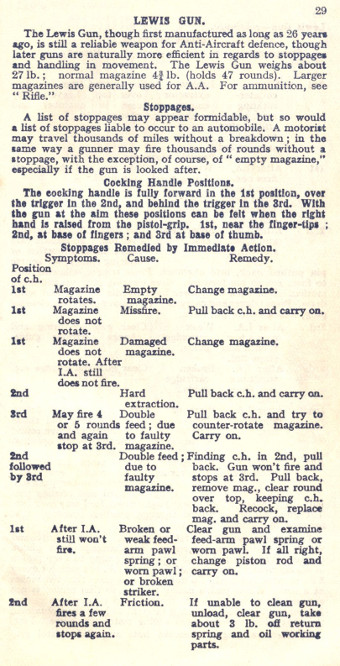
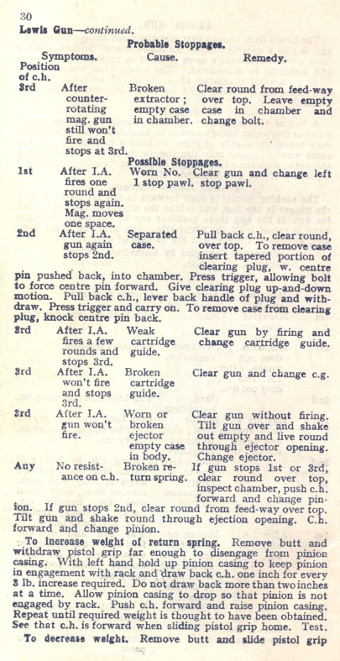
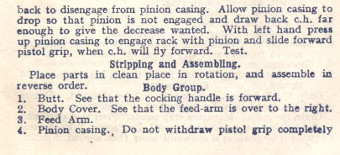
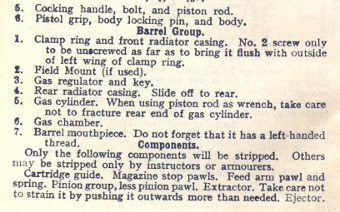
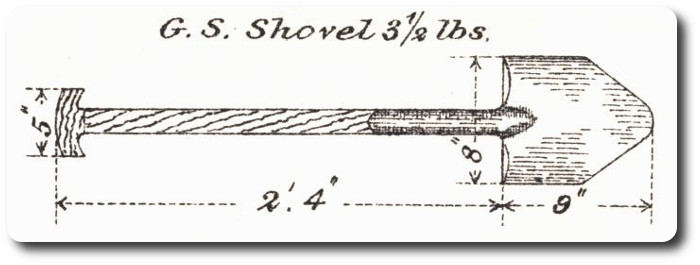
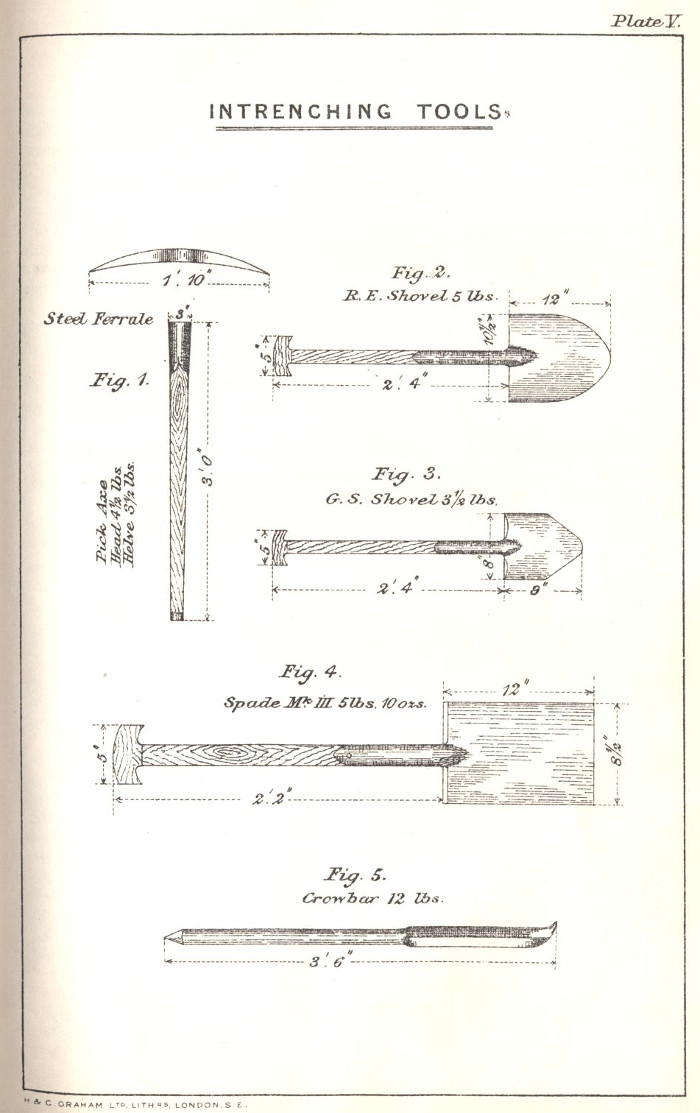
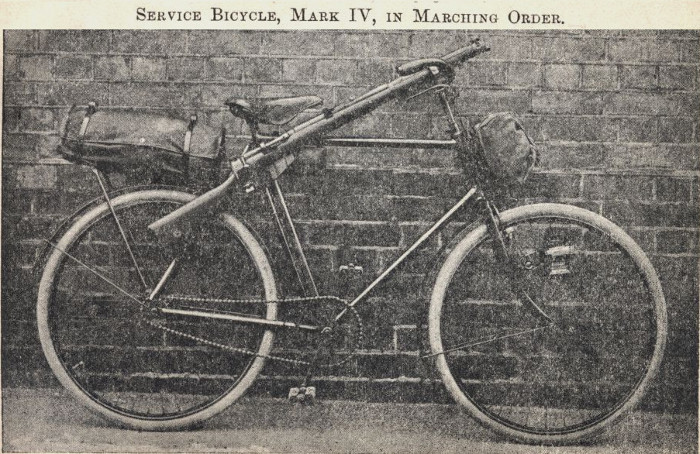


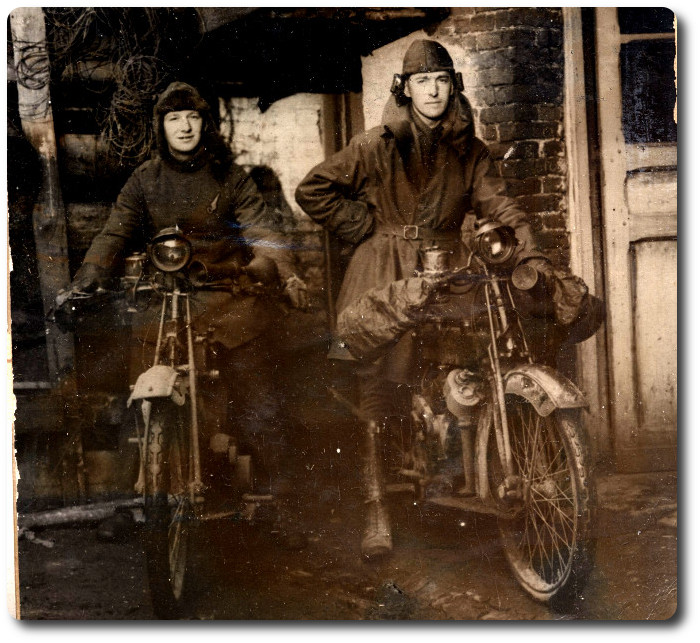

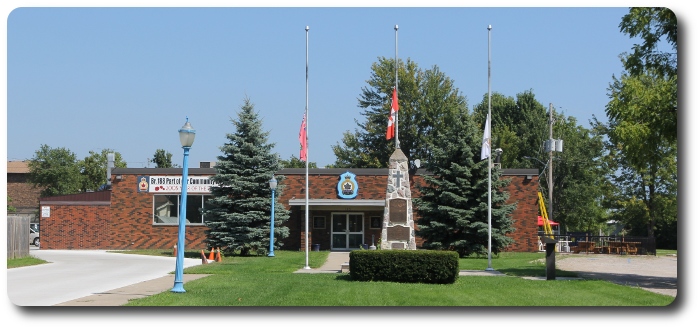



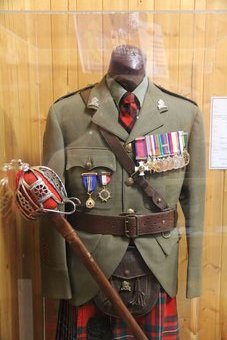
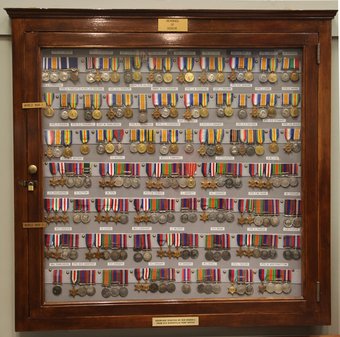
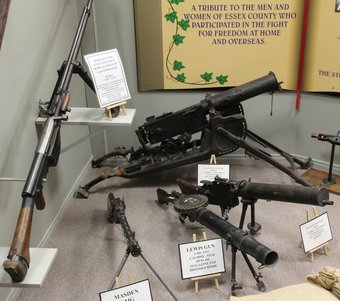
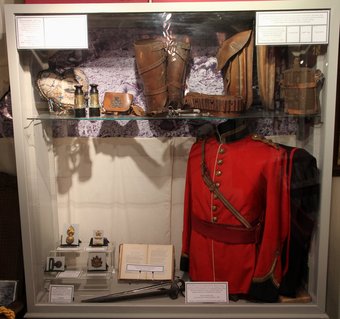
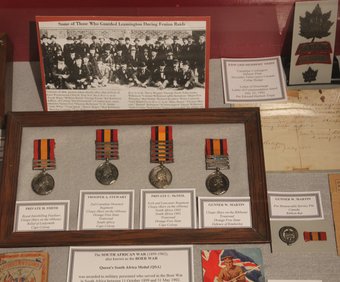
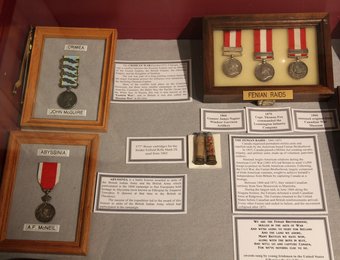
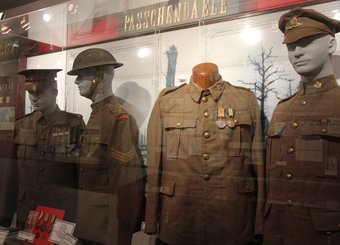
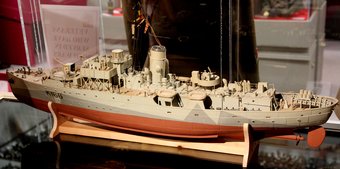
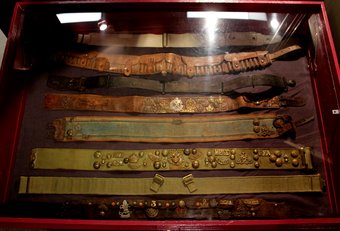
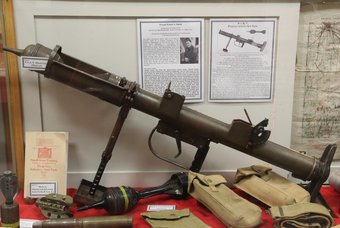
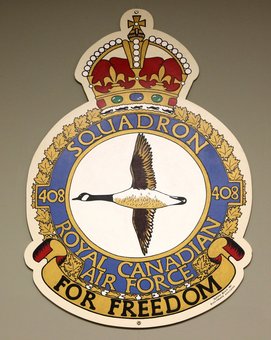
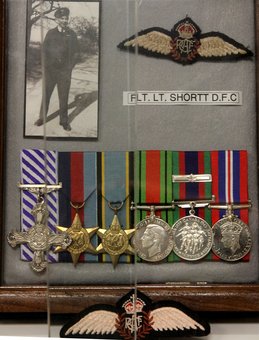
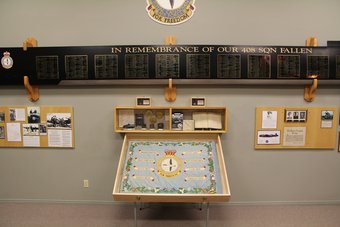
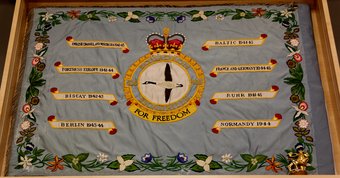
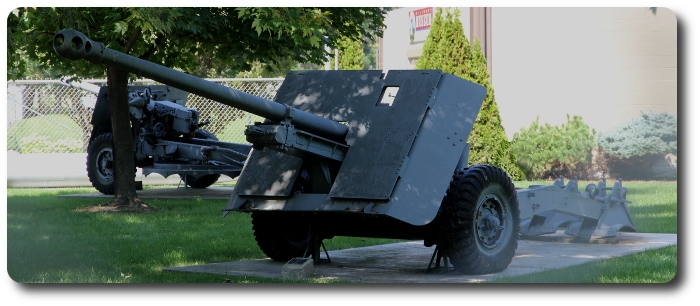

 The
The 